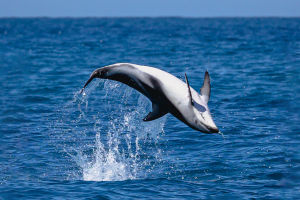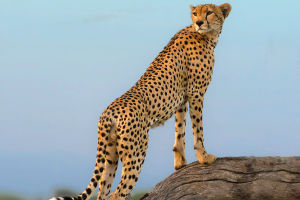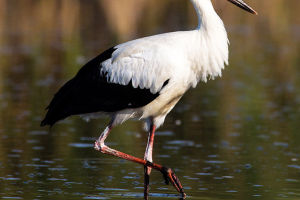Nestled amidst the breathtaking landscape of the Tibetan Plateau, Procapra picticaudata, commonly known as the Tibetan gazelle or Goa, stands as a testament to the resilience and adaptability of wildlife in extreme environments.
This remarkable species, renowned for its striking appearance and unique ecological niche, captivates researchers and conservationists alike.
Let’s delve into the intricacies of the goa's biology, behavior, and conservation status, shedding light on its significance within the delicate ecosystem of the Tibetan Plateau.
Biology and Habitat
The Procapra picticaudata, distinguished by its elegant, slender body and distinctive white fur, thrives in the harsh and unforgiving terrain of the Tibetan Plateau. With altitudes exceeding 4,500 meters, this vast plateau presents one of the most extreme environments on Earth. Despite the formidable challenges posed by the region's low temperatures and sparse vegetation, the goa has evolved remarkable adaptations to survive and flourish in this habitat.
The goa's diet primarily consists of tough grasses and shrubs, which it grazes upon in the vast alpine meadows dotting the Tibetan Plateau. Its compact, agile frame allows it to navigate the rugged terrain with ease, while its keen senses aid in detecting potential predators such as wolves and snow leopards. Moreover, the goa's thick woolly coat provides insulation against the biting cold, ensuring its survival in the harsh winters of the plateau.
Behavior and Social Structure
Intriguingly, Procapra picticaudata exhibits complex social dynamics, congregating in large herds during the summer months for breeding and migration. These gatherings, often comprising hundreds of individuals, serve not only as a means of protection against predators but also facilitate social interaction and mating opportunities.
During the winter, when resources become scarce, the goa disperse into smaller groups, with individuals foraging independently across the vast expanse of the Tibetan Plateau. This solitary behavior enables them to minimize competition for food while maximizing their chances of survival in the harsh winter conditions.
Conservation Status
Despite its remarkable adaptations and ecological significance, Procapra picticaudata faces numerous threats to its survival. Chief among these is the illegal trade in its valuable wool, known as shahtoosh, which is highly coveted for its softness and warmth. Poaching for shahtoosh has decimated goa populations in the past, prompting international conservation efforts to combat this illicit trade.
Additionally, habitat degradation and climate change pose significant challenges to the goa's long-term survival. The encroachment of human activities, such as livestock grazing and infrastructure development, further exacerbates the loss of crucial grazing grounds and disrupts migratory patterns.
Conservation efforts aimed at protecting the Tibetan Plateau and its unique wildlife are crucial for safeguarding the future of Procapra picticaudata. Collaborative initiatives involving governments, conservation organizations, and local communities are essential for mitigating threats and ensuring the continued existence of this iconic species.
Procapra picticaudata, the Tibetan gazelle or goa, embodies the resilience and adaptability of wildlife in extreme environments. Its graceful demeanor and remarkable adaptations make it a symbol of the Tibetan Plateau's rich biodiversity and cultural heritage. However, the goa's survival hangs in the balance, threatened by poaching, habitat degradation, and climate change.
As stewards of our planet, it is incumbent upon us to take decisive action to protect the Tibetan Plateau and its inhabitants. Through concerted conservation efforts and sustainable management practices, we can secure a brighter future for Procapra picticaudata and ensure that generations to come may continue to marvel at its beauty and grace amidst the rugged splendor of the Tibetan Plateau.


